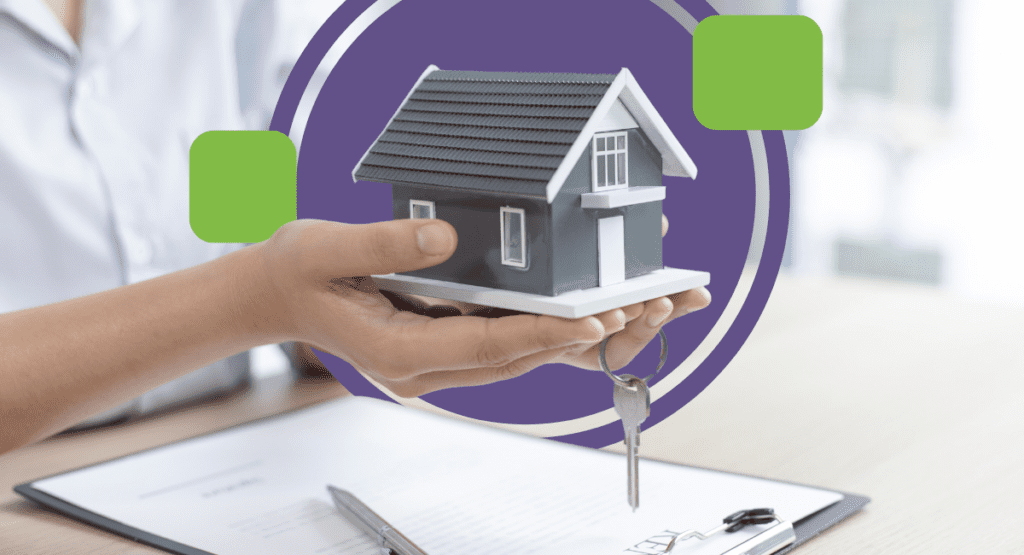What you need to know:
- You need a minimum 710 FICO score to be eligible for U.S. Bank physician loan.
- There’s a minimum down payment required that ranges from 5% to 15% depending on your loan amount.
- Only some medical degrees are eligible. Dentists and nurses aren’t eligible.
Are you looking for a mortgage as a working physician? Don’t forget that some lenders offer loans uniquely created for graduates with some medical degrees. If you have an MD or DO, taking advantage of the U.S. Bank physician home loan program could make it easier to buy a home, especially while you’re in residency.
The U.S. Bank physician mortgage loan isn’t advertised on its website, so here are the details you need to know to determine if this is the best option for you.

| Minimum down payment | 5% down up to $1 million 10% down up to $1.5 million 15% down up to $2 million |
| Residents allowed | Yes |
| Maximum loan amount | $2.5 million |
| Degrees that qualify | MDs and DOs, including residents and fellows |
| Eligible states | AL, AK, AZ, CA, CO, FL, ID, IL, MA, MT, MI, MN, MS, NC, NE, NV, ND, NM, OK, OR, PA, RI, SC, SD, TX, UT, WA, WY, WI |
U.S. Bank physician mortgage details
Here are some of the specifics about the U.S. Bank doctor mortgage product that can help you compare it to similar loans.
Keep in mind there are also fees associated with the mortgage process. Including appraisal, you should expect to pay about $1,850 in U.S. Bank fees. Also, you’ll need to show three, six, or 12 months’ worth of savings depending on your loan amount.
What mortgage product do you need?
Your Occupation
Home Price Range
Preferred Down Payment
Stage You're At in the Home Buying Process
When Do You Want a Mortgage Approval?
How Many Banks Would You Like Quotes From?
Any Bankruptcies or Short Sales?
Full Name
Phone Number
State Where You Plan to Purchase
Metro Area Where You Plan to Purchase
Citizenship Status
Communication Preference
Would You Like to Add Any Additional Details?
Pros
Here’s how the U.S. Bank physician loan stands out from its competitors.
Alternative options for other medical professionals
The physician’s mortgage isn’t available to all medical professionals, but U.S. Bank does offer another professional loan option for all other medical professionals with the same down payment structure and rates.
Organized and easy to contact
The mortgage application process can be overwhelming, but U.S. Bank does a decent job of guiding prospective homebuyers through the process. The experience when calling the main information line for physician home loan information was straightforward and easy when we tried it ourselves.
U.S. Bank will send you all of the documents you need to set your expectations about the process and timing. They also has an extensive checklist to help you stay organized and provides insight into certain laws and regulations that could impact your closing.
Obtain your mortgage during residency or fellowship
You don’t need to wait until you’ve finished your residency to apply for a U.S. Bank doctor loan. If you have unique circumstances, you can write a one paragraph explanation to the loan underwriter detailing your residency or fellowship. You can also overview other considerations, such as a relocation bonus, 1099 income or gift funds you might have. This can make getting approved for a mortgage while you’re earning a smaller income easier.
No private mortgage insurance
Removing the need for private mortgage insurance can reduce your costs, lowering your monthly mortgage payment.
Cons
Although U.S. Bank’s physician mortgage does stand out, there are a few disadvantages that are important to consider.
Monthly payments could be too big
Remember, just because you might qualify for a large mortgage doesn’t mean it's the best choice for you. Getting approved for a large mortgage with a low down payment might seem like a relief (or even an ego boost), but it ultimately means you’ll have larger monthly payments. If you experience a period of unemployment for any reason, this could make managing your money hard. This is especially notable if you’re not sure what your employment opportunities will be after residency.
Down payment required
This might seem like a bit of a contradiction to the above point, but if you haven’t had time to save for a down payment this could prevent you from obtaining a physician mortgage from U.S. Bank. It’s typically advantageous to supply the largest down payment possible thereby reducing your monthly payments. But in some situations, this might not always be possible.
Minimum 710 credit score
If you haven’t had a chance to build your credit, or if you have bad credit for any reason, you’ll likely have to work on building your score before qualifying for this loan.
Won’t disregard deferred student loan payments
Although its competitors, like Regions Bank, disregard deferred student loan payments from your debt-to-income (DTI) ratio, U.S. Bank takes a different approach. If your payments are deferred, it’ll use 2% of the loan balance to count toward your debt payment in the calculation.
How to apply
If you want to move forward with an application for a physician’s mortgage from U.S, Bank, here’s how to get started.
Step 1: Make an appointment
Since the physician mortgage product from U.S. Bank isn’t advertised on its website, you’ll have to set up a meeting with a mortgage representative directly.
If you’re already working as a doctor (not in residency or fellowship), the mortgage representative will send you a private link to apply online. Otherwise, you can provide documentation directly to the mortgage representative to get a quote for mortgage rates.
Step 2: Gather your documentation
Here’s what U.S. Bank will need from you to determine the lowest interest rates it can offer for your application.
- Whether you’re purchasing or refinancing
- Purchase price or loan amount
- Estimated value of your property
- Maximum down payment available
- Gift funds available
- County and state your property is located in
- Estimated credit score
- Existing loan terms
- Stage of career (in medical school, exiting residency, fellowship, attending as a new doctor)
If you decide to move forward with the mortgage after receiving a quote, here’s some of the information you’ll need to provide. Keep in mind there is a $395 application fee.
- Two of the most recent bank statements for all asset accounts such as checking, savings and retirement accounts.
- Fully executed purchase contract for your property
- Proof of rental payment history for the previous 12 months
- 24-month primary living residency history
- Most recent pay stubs
- Medical license
- Residency or fellowship diploma
- Future employment contract
- Personal tax returns and W-2s or 1099s from all employers
The documentation you’ll need to supply will change slightly if you’re self-employed. In addition to documents that verify your personal income, you might need to also include a profit and loss balance sheet for your business.
Step 3: Initiate the loan process
If you decide the U.S. Bank physician loan is definitely the right option for you, the next step is completing the loan process to receive the money. U.S. Bank will overnight you hard copy disclosures for your records. You’ll need to sign the original copies and send them back — plus keep a copy for yourself.
After that, a processor will prepare your loan for underwriting. There will likely be a number of conditions on your loan, such as obtaining homeowners insurance. You’ll have time to review your terms, rate and any associated closing costs, including the origination fee. Once these conditions and disclosures are satisfied, your loan can move to the final approval stage.
Should you apply for a mortgage with U.S. Bank?
U.S. Bank’s physician mortgage is ideal for some medical doctors, but it’s smart to compare rates between more than one lender before moving forward.
Review other physician mortgages before signing on the dotted line because there are pros and cons to every lender.

